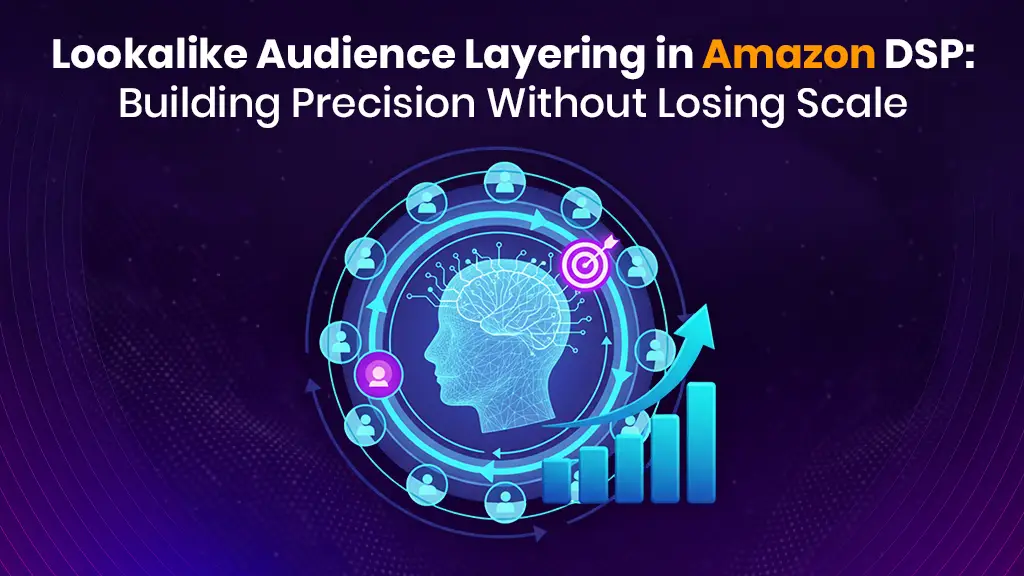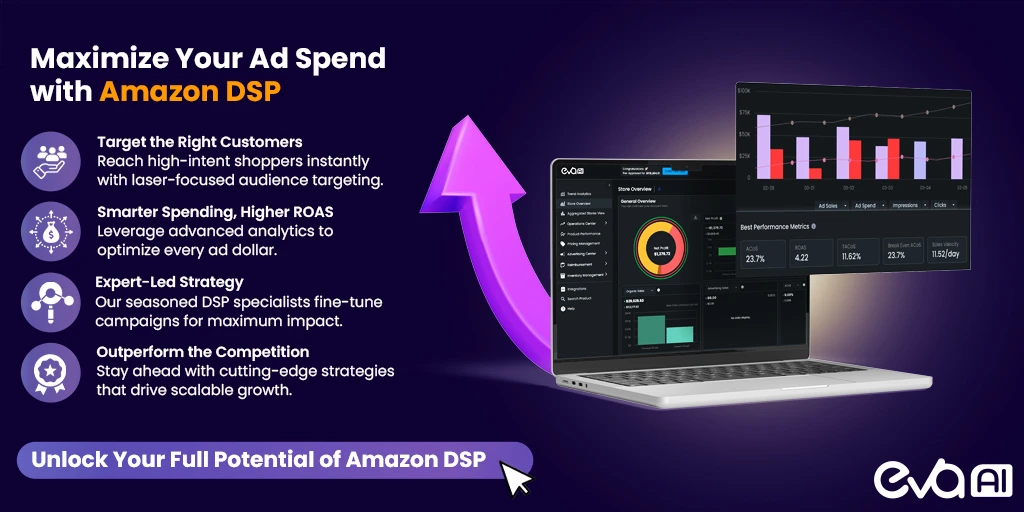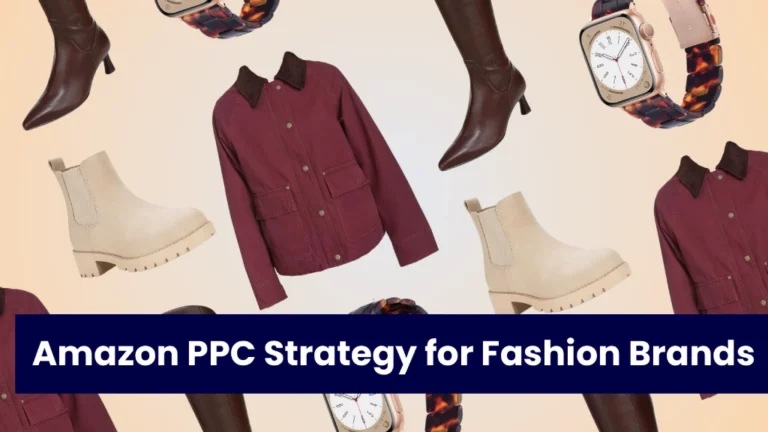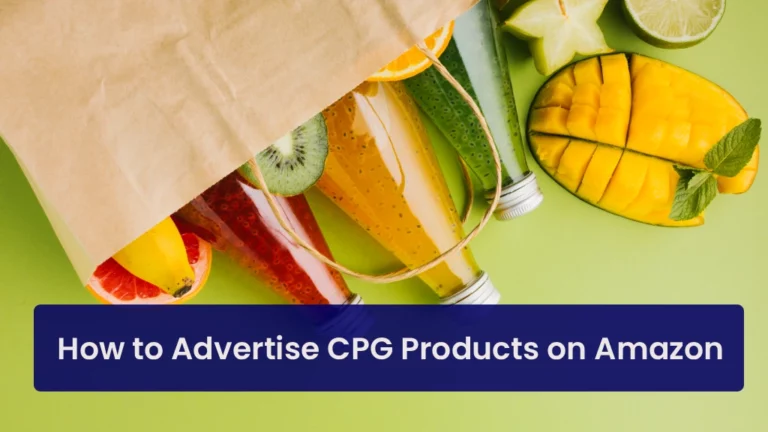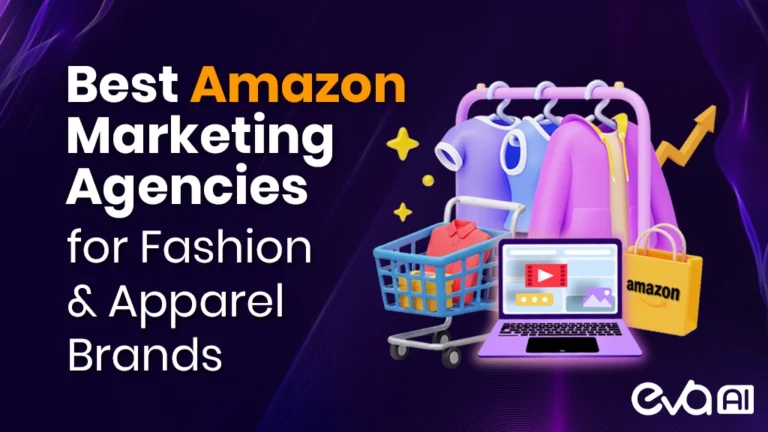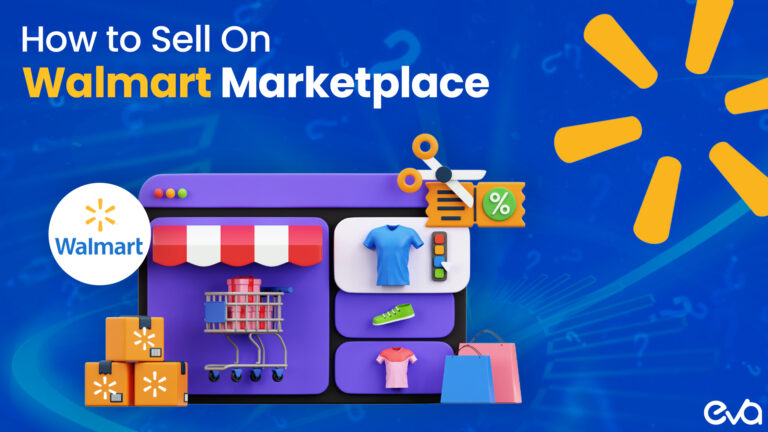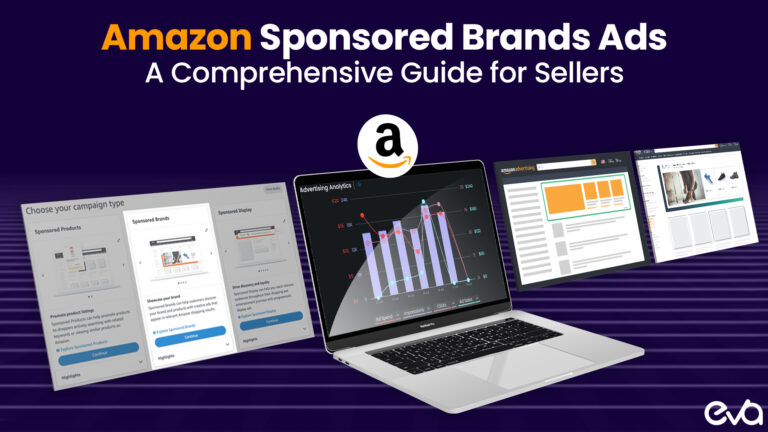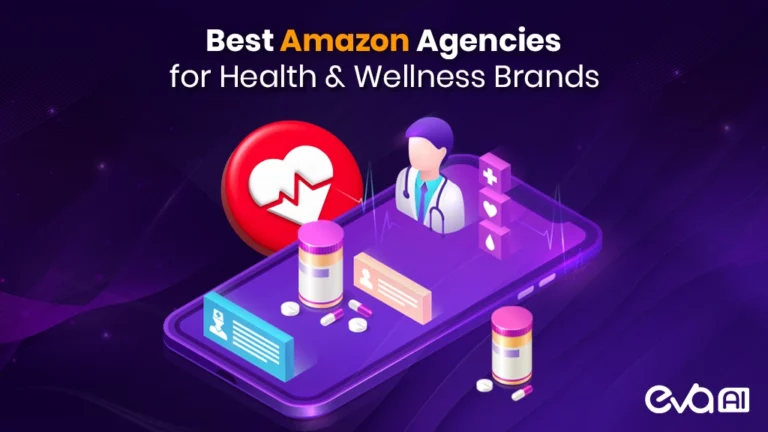Table of Contents
The Current State of Amazon Lookalike Audiences
Amazon rolled out Similar Audiences (beta) for DSP in September 2024. Check a box, expand your reach. Simple, but limited. Meanwhile, Amazon Marketing Cloud offers more sophisticated lookalike audiences with granular similarity controls—though you’ll need SQL skills and a signed DSP agreement to access them.
Here’s what changed: AMC audiences now work beyond DSP. Use them in Sponsored Display for direct targeting, or as bid modifiers in Sponsored Products and Brands—you can’t target these audiences directly in SP/SB, but you can boost bids when they search your keywords. In our work optimizing $1.6 billion in ad spend, this cross-campaign activation has become the difference between profitable scaling and expensive reach.
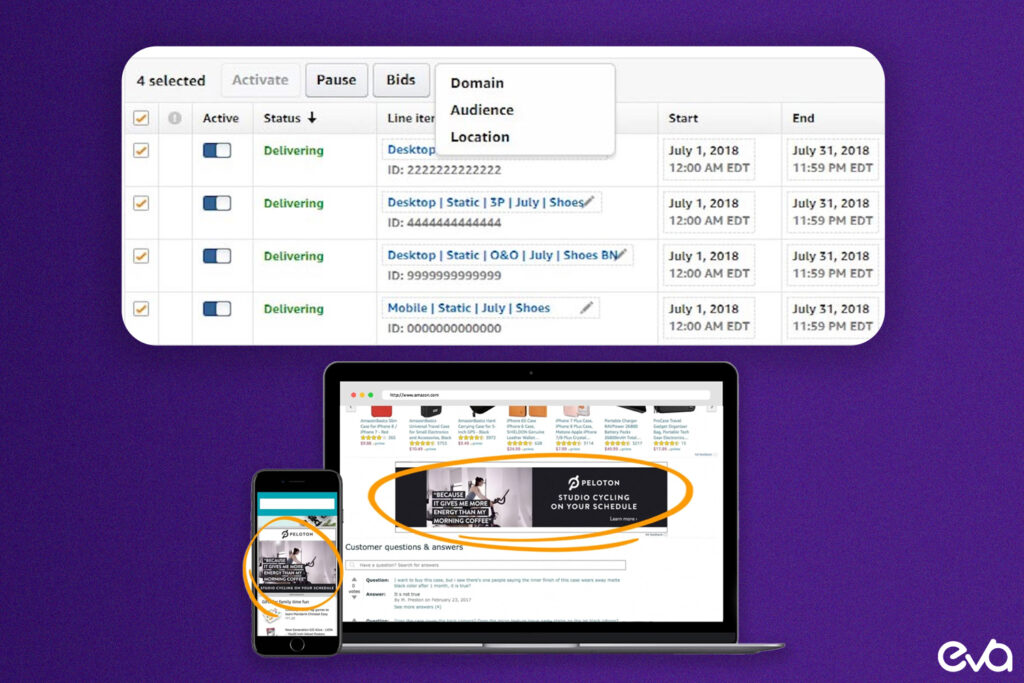
DSP spend grew 27% year-over-year in 2024, with advertisers allocating 30-32% of their Amazon budgets to programmatic. Why? Lower tech fees (10% vs 15-20% for competitors) and access to Prime Video inventory. But success requires more than just turning on campaigns—it demands strategic audience layering.
Understanding Your Two Lookalike Options
DSP Similar Audiences (Beta): Fast but Basic
After selecting any audience in your DSP line item, you’ll see “Reach similar audiences.” This beta feature uses Amazon’s AI to find shoppers with similar behaviors. Setup takes 30 seconds. Control? Minimal.
Current Limitations:
- Available in 17 regions (check current availability)
- Works only with custom audiences based on shopping interactions
- No similarity level controls
- Still in beta—expect changes
Best For: Quick scale tests, in-market audience expansion, agencies without AMC access
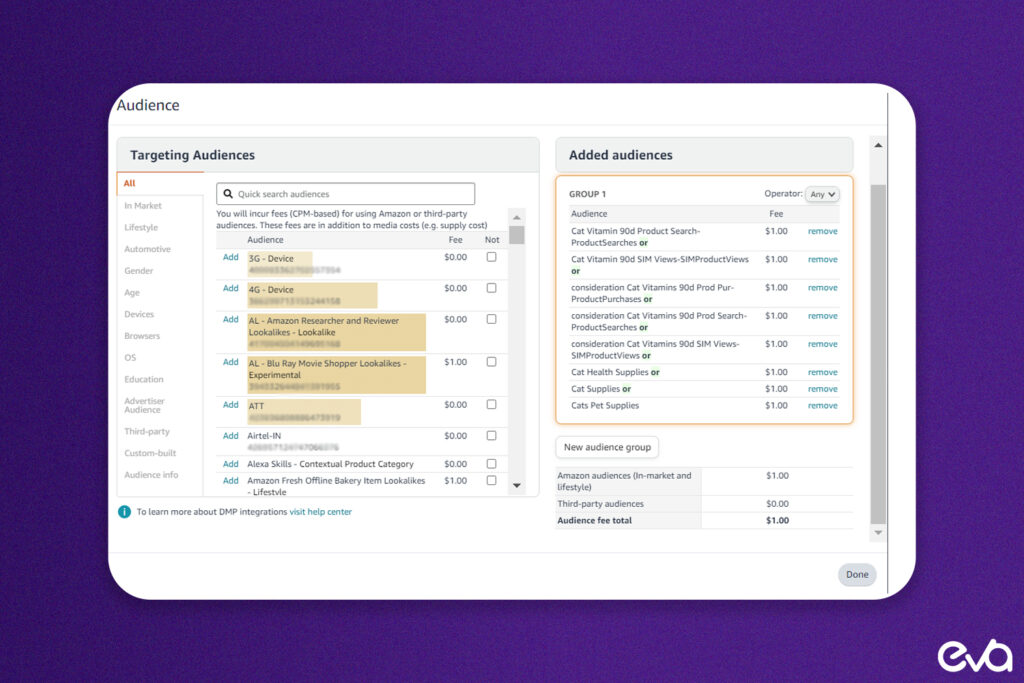
AMC Lookalike Audiences: Complex but Powerful
AMC lookalikes require SQL knowledge and minimum audience sizes (500 user IDs for lookalikes, 2,000 for rule-based). But they offer what DSP’s checkbox can’t: precise control over similarity levels and cross-source signal integration.
Key Advantages:
- Combine shopping, streaming, and browsing signals
- Schedule automatic refreshes
- Deploy across all ad types
- Build from event sequences, not just lists
- Use Amazon’s new no-code interface (launched October 2024)
Reality Check: Even with the no-code option, expect a learning curve. Most brands need 2-3 months to build proficiency.
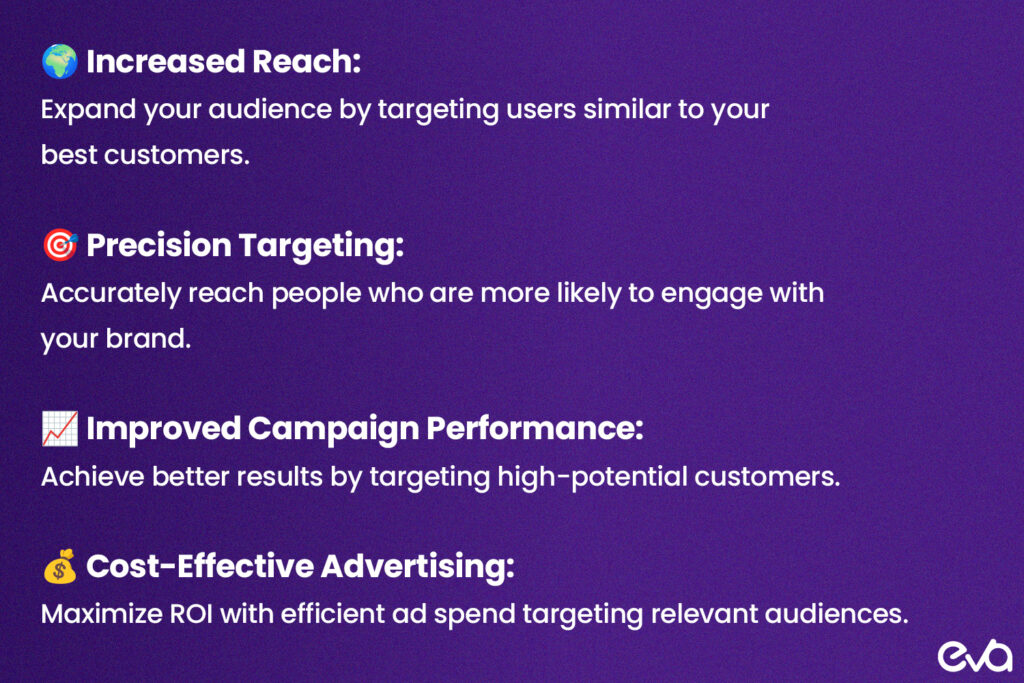
The Practical Layering Framework
After reducing stockouts by 95% for our clients, we’ve learned that inventory-aware audience expansion beats aggressive scaling every time. Here’s our proven approach:
Step 1: Validate Your Seeds
Your seed quality determines everything. We’ve seen brands waste thousands on lookalikes built from low-value customers. Focus on:
Proven High-Value Seeds:
- Customers with 3+ purchases in 90 days (not just high AOV)
- Subscribe & Save active subscribers
- Cross-category purchasers (2+ different categories)
- Deal buyers who didn’t use coupons (price-insensitive)
Event Sequences That Convert:
- Viewed 3+ times → Added to cart → Purchased
- Compared 2+ similar products → Purchased higher-priced option
- Searched brand term → Viewed → Purchased within 7 days
One client discovered their “VIP customers” included wholesale buyers skewing their data. After cleaning their seed, ROAS improved 40%.
Step 2: Structure Campaigns for Clean Data
DSP’s OR/ANY inclusion logic means sloppy setup pollutes everything. One line item per audience tier—no exceptions.
Proper Architecture:
Line 1: Tightest similarity only
Line 2: Next tier (exclude Line 1 audience)
Line 3: Middle tier (exclude Lines 1 & 2)
Line 4: Broader tier (exclude Lines 1, 2 & 3)
Line 5: Broadest tier (exclude all above)
Critical Detail: Download your audience overlap report before launching. We’ve seen 40% overlap between “distinct” tiers due to setup errors. Target <15% overlap or you’re paying twice for the same users.
Step 3: Budget Based on Performance, Not Theory
Forget arbitrary percentages. Start tight, prove performance, then scale:
Week 1-2: Testing Phase
- 70% budget on tightest tier
- 20% on second tier
- 10% on middle tier
- Broader tiers: $0 (activated but not funded)
Week 3-4: Optimization
- Shift budget to performers
- If tight tier frequency exceeds 10, open next tier
- If CPA exceeds target by 25%, consolidate upward
Week 5+: Scaling
- Best performers get 40-50% of budget
- Maintain 20% in discovery tiers
- Never exceed 5% in broadest tier until proven
Step 4: Monitor What Matters
ROAS is a vanity metric for lookalikes. Track what drives profit:
Weekly Metrics:
- New-to-brand percentage by tier
- Cost per new-to-brand customer
- Overlap percentage between tiers
- Frequency distribution (aim for 3-7)
Monthly Analysis:
- Incremental sales lift vs non-lookalike campaigns
- LTV of acquired customers by tier
- Category expansion rate
Real Implementation Stories
Beauty Brand: The Cart Abandoner Goldmine
Situation: Premium skincare brand with 68% cart abandonment rate
Strategy:
- Seed: Added to cart 2+ times without purchasing (last 90 days)
- Structure: Only tight similarity tiers to maintain intent signals
- Twist: 900% bid modifier on branded terms for this audience in Sponsored Products
Results:
- DSP: 3.2x ROAS on retargeting
- Sponsored Products: 65% higher ROAS vs standard campaigns
- Overall: 35% conversion rate on combined approach
Key Learning: High-intent audiences don’t need broad expansion. One tier delivered 80% of results.
Supplements: Solving the Trust Problem
Challenge: New brand in crowded market, no reviews
Approach:
- Seed: Purchased from 3+ competitor brands (via AMC insights)
- Tiers: All five active, heavy investment in middle tiers
- Integration: Sponsored Display for competitor conquesting
Results:
- Month 1: Learning phase, breakeven ROAS
- Month 2: Optimized to 2.8x ROAS
- Month 3: Scaled to $45K spend at 3.1x ROAS
Insight: Competitor purchasers in supplements value variety. Broader tiers performed better than typical.
Home Goods: Seasonal Precision
Challenge: Capitalize on Q4 without overspending
Strategy:
- Seed: Previous Q4 purchasers (November 15 – December 25 only)
- Budget: Started 60/25/10/5/0, shifted to 35/30/20/10/5 by Black Friday
- Creative: Different messaging by tier distance
Outcome:
- 73% new-to-brand rate (vs 45% previous year)
- 22% lower CPA despite 50% more competition
- Maintained performance through January with tier adjustments
Lesson: Seasonal seeds require aggressive tier expansion during peak periods.
Technical Implementation Guide
DSP Setup (Estimated time: 15 minutes per line item)
- Navigate: Campaign → Line Items → Create New
- Audiences section → Select base audience
- Look for “Reach similar audiences” checkbox (appears post-selection)
- Enable → Configure exclusions → Save
Common Mistake: Forgetting exclusions. Each tier must exclude all tighter tiers or you’ll see 30-40% overlap.
AMC Setup (Estimated time: 2-4 hours first time)
- Access AMC instance (requires DSP agreement)
- Build seed audience:
- SQL query or no-code interface
- Minimum 500 user IDs for lookalikes
- Validate audience size before proceeding
- Generate lookalikes:
- Select similarity level
- Set refresh schedule (weekly for most)
- Choose activation: DSP and/or Sponsored Ads
- Quality check:
- Verify audience populated in DSP
- Confirm no errors in processing
SQL Example for High-Value Seed:
SELECT DISTINCT user_id FROM conversions WHERE order_value > 100 AND order_count >= 3 AND days_since_first_order >= 90Sponsored Ads Integration
Remember: AMC audiences in Sponsored Ads are bid modifiers only. You cannot target these audiences exclusively.
Setup Process:
- Create standard keyword campaign
- Access Targetable Entities API
- Apply AMC audience as bid modifier
- Set boost percentage (start with +50-100%)
- Monitor via AMC sponsored_ads_traffic table
What This Means: When someone from your AMC audience searches your targeted keyword, your bid increases by your set percentage. Everyone else sees your base bid.
Common Failures We’ve Fixed
“My Similar Audiences Converted Poorly”
Diagnosis: Client selected “all purchasers” as seed—included single-purchase bargain hunters.
Fix: Rebuilt seed with only customers who:
- Purchased 2+ times
- Never used coupons
- Average order value > brand median
Result: ROAS improved from 1.3x to 3.7x
“Broader Tiers Are Too Expensive”
Diagnosis: Same creative across all tiers. Product-specific messaging confused broad audiences.
Fix:
- Tight tiers: Product-specific benefits
- Middle tiers: Category-level value props
- Broad tiers: Brand awareness messaging
Result: Broad tier CPA dropped 45%
“I Can’t Track Performance by Tier”
Diagnosis: Incorrect campaign naming, no consistent UTM parameters
Fix: Implemented naming convention: Brand_DSP_LAL_TierName_Seed_Date
Plus UTM parameters: utm_source=amazon&utm_medium=dsp&utm_campaign=lal_tier2
Result: Clear attribution, optimization time cut by 70%
Cost Realities and Requirements
DSP Access
- Managed Service: $50,000/month minimum
- Self-Service (via agency): Typically $5,000-10,000/month minimum
- Tech Fees: Amazon charges 10% (vs 15-20% for Google/TTD)
Recommended Testing Budgets
- Minimum Viable Test: $5,000/month for 60 days
- Meaningful Scale Test: $15,000-25,000/month
- Optimal Testing: 15-20% of current Amazon ad spend
Hidden Costs
- AMC setup and management: $2,000-5,000 initial
- Creative variations by tier: $3,000-10,000
- Analytics and optimization tools: $500-2,000/month
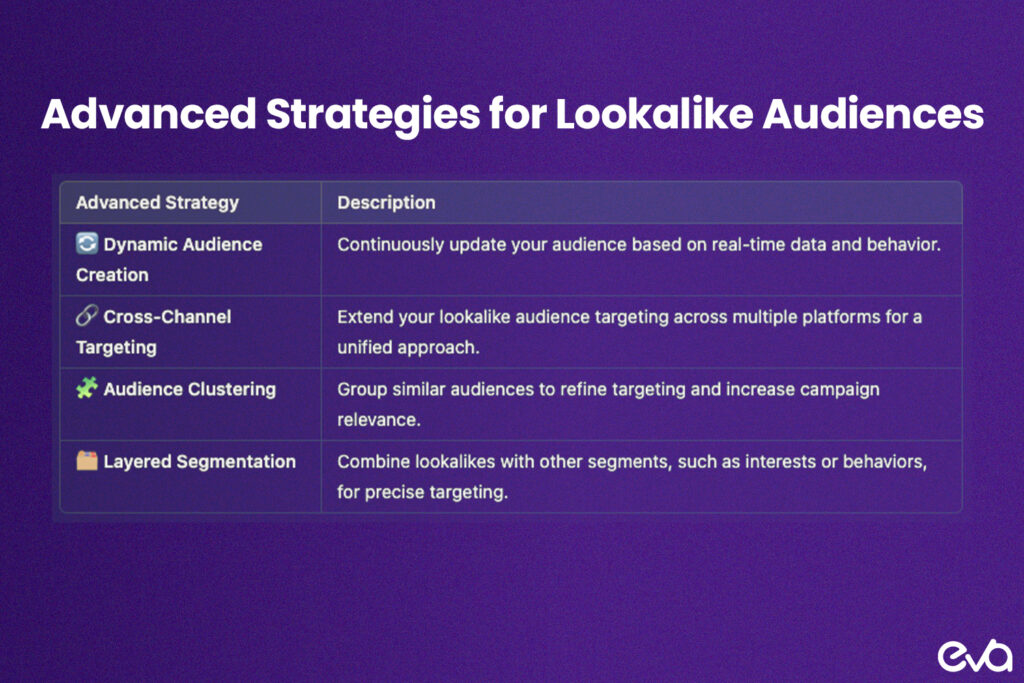
Frequently Asked Questions
DSP Similar Audiences is a beta feature—one checkbox that says “find me more people like these.” Zero control over how similar. AMC Lookalikes let you build audiences from complex behavioral patterns and control expansion across multiple similarity levels. Think automatic vs manual transmission.
No. This is the biggest misconception. AMC audiences work as bid modifiers only in Sponsored Products and Brands. You’re saying “when someone from this audience searches my keyword, bid higher.” You cannot run a Sponsored Products campaign targeting only your cart abandoners—but you can bid 200% more when they search.
For meaningful data: $5,000/month through an agency DSP seat. For scale testing: $15,000-25,000/month. Below $5,000, you’re better off perfecting standard targeting first. We’ve seen brands waste money trying to test with $2,000—the data isn’t statistically significant.
Week 1-2: Volume validation (are ads serving?) Week 3-4: Initial optimization signals Week 5-6: First meaningful results Week 7-8: Scaling decisions
Most brands achieve target ROAS by week 8-10. If you’re not seeing progress by week 6, something’s wrong with your seeds or setup.
Previously yes—SQL was mandatory. October 2024’s no-code interface changed that, but there’s a catch: complex audiences still need SQL. Basic lookalikes? No code needed. Multi-condition behavioral sequences? Break out the SQL reference guide.
Starting too broad too fast. We see brands launch all five tiers day one with equal budgets. That’s like learning to drive in a Ferrari. Start with 2-3 tiers, prove performance, then expand. Your CFO will thank you.
Amazon lookalikes use actual purchase data, not inferred interests. A Meta 1% lookalike might include people who “like” similar pages. Amazon’s tightest tier includes people with near-identical purchase patterns. The signal quality isn’t comparable.
Focus on fundamentals first:
Shopping query campaigns
Branded defense
Basic retargeting
Category conquest
Once these deliver consistent 3x+ ROAS, consider lookalikes. This is optimization, not foundation.
E-commerce: Weekly (purchase patterns change fast) Seasonal products: Bi-weekly during season, monthly off-season B2B/High consideration: Monthly (longer sales cycles)
Set it and forget it doesn’t work. One client’s performance dropped 40% after ignoring audiences for two months.
No. Audiences are account-specific and can’t be transferred. Running multiple brands? Build separately for each. We’ve helped brands consolidate accounts specifically to share audiences—the efficiency gain justified the restructuring.
The Path Forward
Lookalike layering isn’t revolutionary—it’s evolutionary. You’re taking proven audiences and expanding reach while maintaining performance guardrails. But execution separates profitable scaling from expensive experiments.
Start with one product line. Build quality seeds. Test 2-3 tiers maximum. Prove the model over 60 days. Then scale systematically. Our most successful clients invest 3 months in learning before aggressive expansion.
At Eva, we automate much of this complexity while our team handles strategic optimization. Our AI identifies expansion opportunities while monitoring inventory levels—because the best audience targeting means nothing if you’re out of stock.
Whether you build internally or partner with specialists, the opportunity is clear: sophisticated audience expansion, executed properly, drives profitable growth in today’s competitive marketplace.
Ready to get started? Book a free consultation today and let’s talk about how we can bring your e-commerce brand to the next level with AI.

